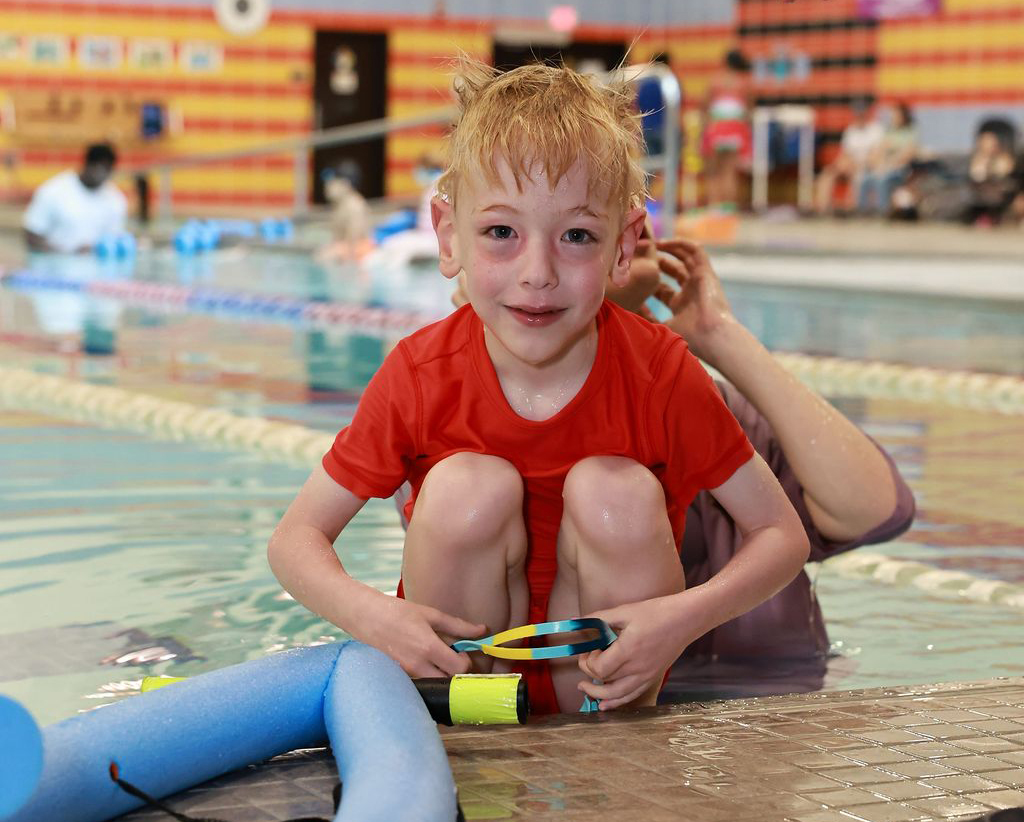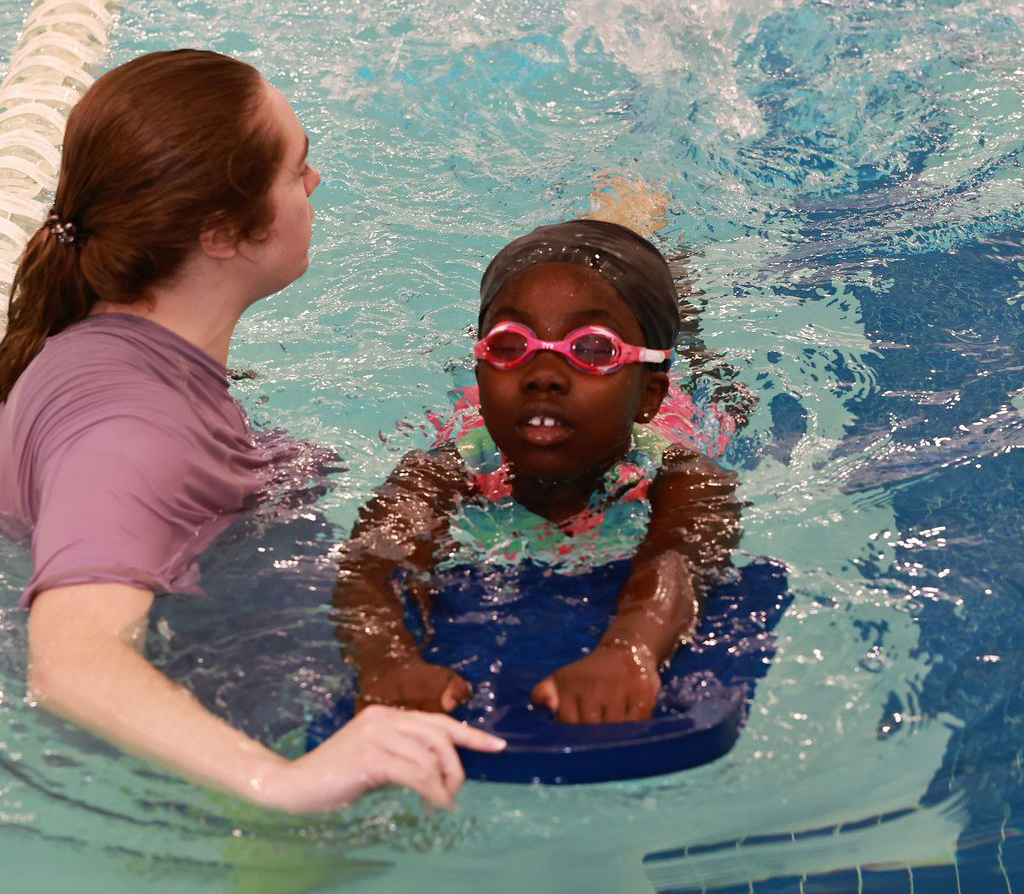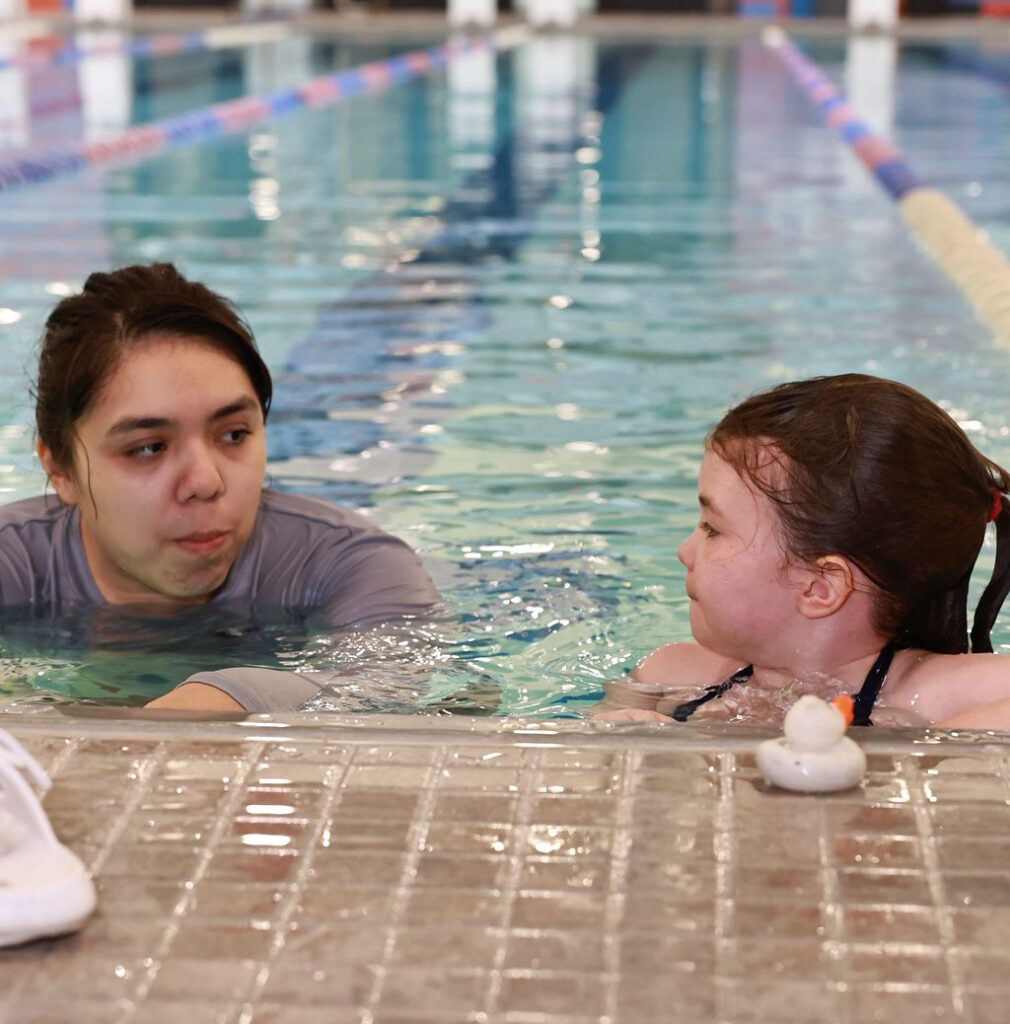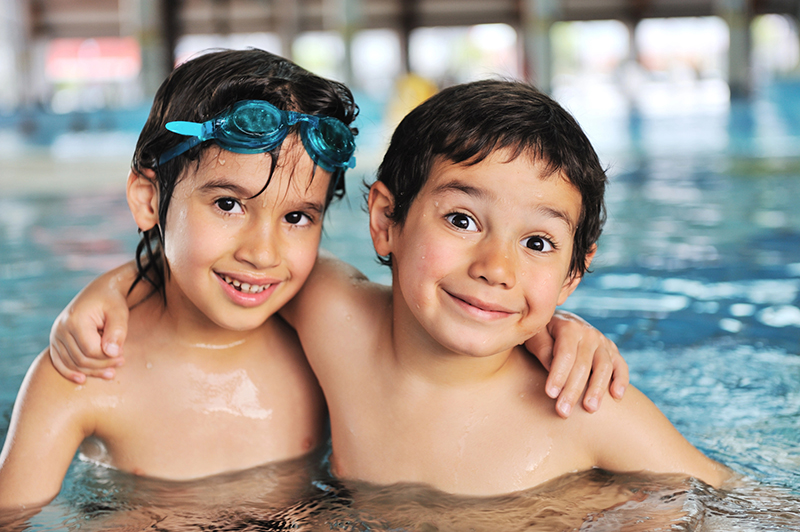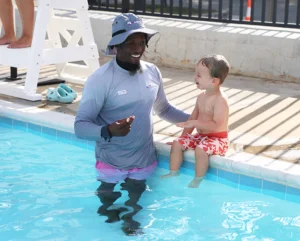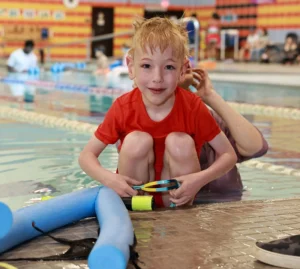Water Safety Swim Lessons Reduce Drowning by 88%
May brings warmer weather, the end of the school year, and National Water Safety Month. It’s perfect timing as families get ready to enjoy a full season of splashes.
Whether you’re planning to go on a beach vacation, spend lazy days by the lake, or get pumped for a pool party, keeping everyone safe should be at the top of your priority list!
At WeAquatics, we see the joy water brings to families every day in our safe environment. But we also know the risks!
The reality is sobering: drowning remains the leading cause of accidental death for kids under four. Yet, there’s a powerful statistic that gives us hope: proper swim lessons cut drowning risk by a whopping 88%.
Why Water Safety Rules Matter
Before jumping in, let’s talk about why water safety is so important. Nearly half of American adults struggle to swim well enough to save themselves in trouble… and unfortunately, many people think they’re better swimmers than they actually are. This mismatch between confidence and ability can turn dangerous fast, especially when it comes to watching our kids around water.
Water safety is more than just basic swim skills (though those matter too!) It’s about spotting risks before they happen. It’s about setting up layers of protection. And it’s also about knowing exactly what to do if something goes wrong.
10 Water Safety Rules to Live By
1. Eyes on the Water, Always
Let’s begin with the rule that most of us think about, but don’t always follow. Kids of all ages need active, undivided attention when they are near the water. Drowning doesn’t look like the dramatic arms flailing above the water, splashing, and calling out for help. It’s often quick, silent, and can happen in under a minute.
When you’re at the pool or the beach with friends, we often get accustomed to thinking that if there are several adults around, we’re all kind of keeping our eyes on the kids. Instead, designate a ‘water watcher’ whose only job is watching the swimmers—no scrolling through phones, chatting with friends, or mixing margaritas.
For little ones who are just starting out, stay within arm’s reach at all times – what safety experts call “touch supervision.”
2. Water Safety Swim Lessons Save Lives
We all know swimming is more than just a fun summer activity— it’s an essential life skill everyone should have. Quality swim lessons teach kids how to handle themselves in water and can literally help save their lives.
Our Infant Swimming Resource ™ program starts little ones as young as six months, teaching them essential water survival skills.
- Controlling breathing
- Rolling to float on their back
- Staying afloat
- Getting to safety (15 months+)
Your young child doesn’t need to learn the basic strokes or have Olympic ambitions— they just need the fundamental water safety skills to help them in an emergency.
3. Fence the Pool
While most states have laws requiring fencing your pool, it’s always something to keep in mind: home pools need proper barriers, no exceptions.
The best setup is four-sided fencing that completely cuts off the pool from the house and yard. Make sure it’s at least 4 feet tall with gates that close and latch by themselves.
And you don’t have to stop there: Consider backing up your fence with pool covers, door alarms, and even motion detectors. No one safety measure works perfectly every time, so several layers of protection create a much stronger safety net.
4. Learn CPR
In water emergencies, every second counts before help arrives.
Everyone who spends time in and around water should know CPR and basic rescue techniques. Don’t just watch YouTube videos or read about it – get proper training from your local Red Cross, community center, or hospital.
Consider taking another class if it’s been a while since you last took a certification class. Believe it or not, the CPR protocols are updated every five years. So keep those skills fresh with regular practice.
5. Set Rules Kids Can Understand
Even toddlers can learn basic water safety rules. But keep it simple, and make sure the whole family is on the same page!
- No water without a grownup
- Always ask before going near water
- No running around pools
- No pushing or jumping on others
- How to yell for help
Repeat and explain these rules often, and talk about why they matter. Kids are more likely to follow the ‘house rules’ when they understand the reason behind them. Talk about different scenarios and ask kids for their responses.
6. Beware of Arm Floaties
Those cute arm floaties? They’re toys— they are not safety devices. The same is true for water wings, pool noodles, and inflatable rings. They can create a false sense of security and do not replace the need for water safety swim lessons.
Stick with U.S. Coast Guard-approved life jackets that fit properly for kids, new swimmers, and absolutely everyone on boats. Check that all straps are secure before getting in the water.
7. Know Before You Go
Different water spots come with different dangers.
Before diving in, check for:
- How deep the water is (no diving in shallow areas)
- Hidden objects underwater
- Currents and tides at beaches
- Water temperature (cold water can shock your system)
- Water quality issues
At beaches and lakes, stick to areas with lifeguards whenever possible and respect those warning flags – they’re there for a reason.
8. Have a Plan, Practice it, Stick to it
Every family needs a water emergency plan that everyone knows by heart:
- Who calls 911
- Who starts rescue efforts and CPR
- Where safety equipment is kept
- How to clearly explain your location
For home pools, post your address and the nearest cross street near the pool for emergency calls. This way, even visitors can take action. Then practice your plan regularly, just like fire drills.
9. Say No to Swimming Alone
It’s always best to have a buddy system when you visit a lake, river, or pool. This is especially important for children and inexperienced swimmers.
Teach kids to keep an eye out for each other and know when to get help.
10. Respect the Water
Water is an amazing playground, but it deserves our respect. Teach kids about the water’s power while enjoying its many benefits. Talk openly about water fears and foster questions.
You may have one of each in your family— while some kids are naturally cautious, others have no fear at all! Both temperaments need guidance to develop a healthy respect for water.
Beyond the Basics
Many people think they have basic water skills, but most people fail a water safety competency test.
The Red Cross discovered that while 80% of adults claimed they could swim, after trying, 44% realized they would fail a basic water safety skills test.
Here are the five basic skills to assess your water competency:
- Floating or treading for 1 minute
- Jumping into deep water and coming up for air
- Spinning around in the water and then finding a way out
- Exiting the pool without a ladder
- Swimming one pool length without stopping
These exercises are skills you can practice with your family. They will help you prepare for real-world situations beyond perfect pool conditions.
Water Safety All Year Long
National Water Safety Month highlights these issues in May, but water safety matters year-round. Consistent water safety swim lessons and regular practice help keep these skills sharp so they become part of your muscle memory, springing into action in an emergency!
This month, take a fresh look at your family’s water safety knowledge. Do your kids know what to do in an emergency? Could they benefit from professional instruction?
Ready to learn more about our water safety swim lessons? Find a program that works for you, and connect with us today! Let’s work together to make this summer fun AND safe for DMV-area families and beyond!

